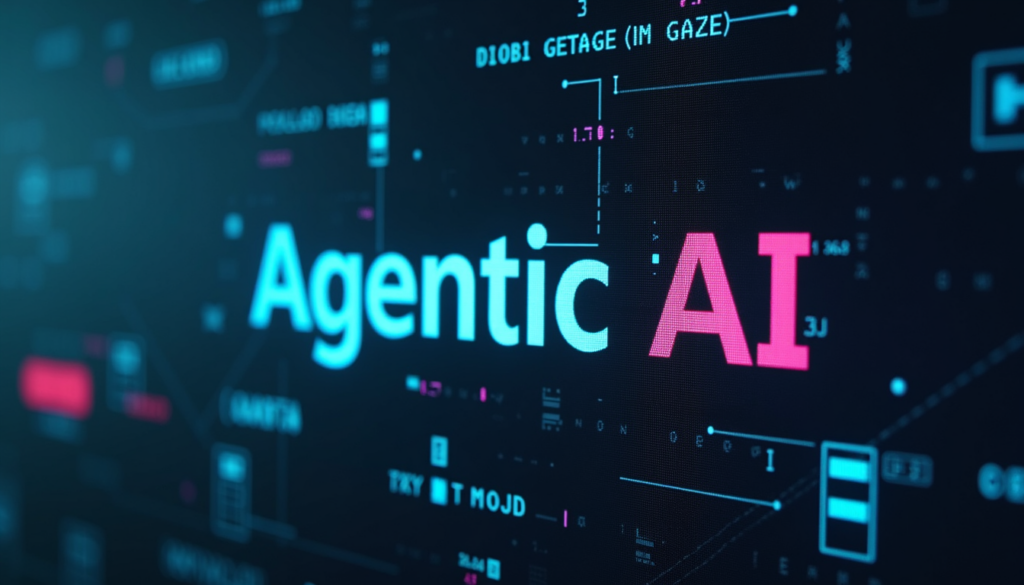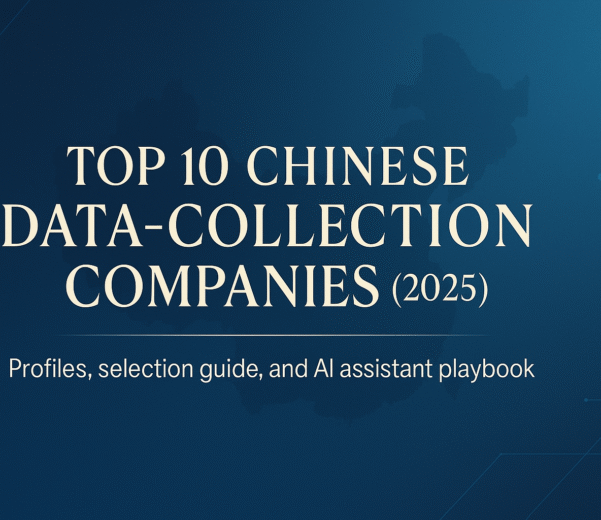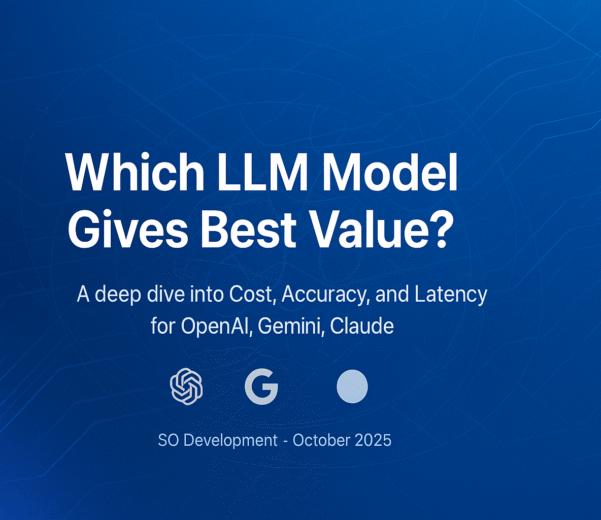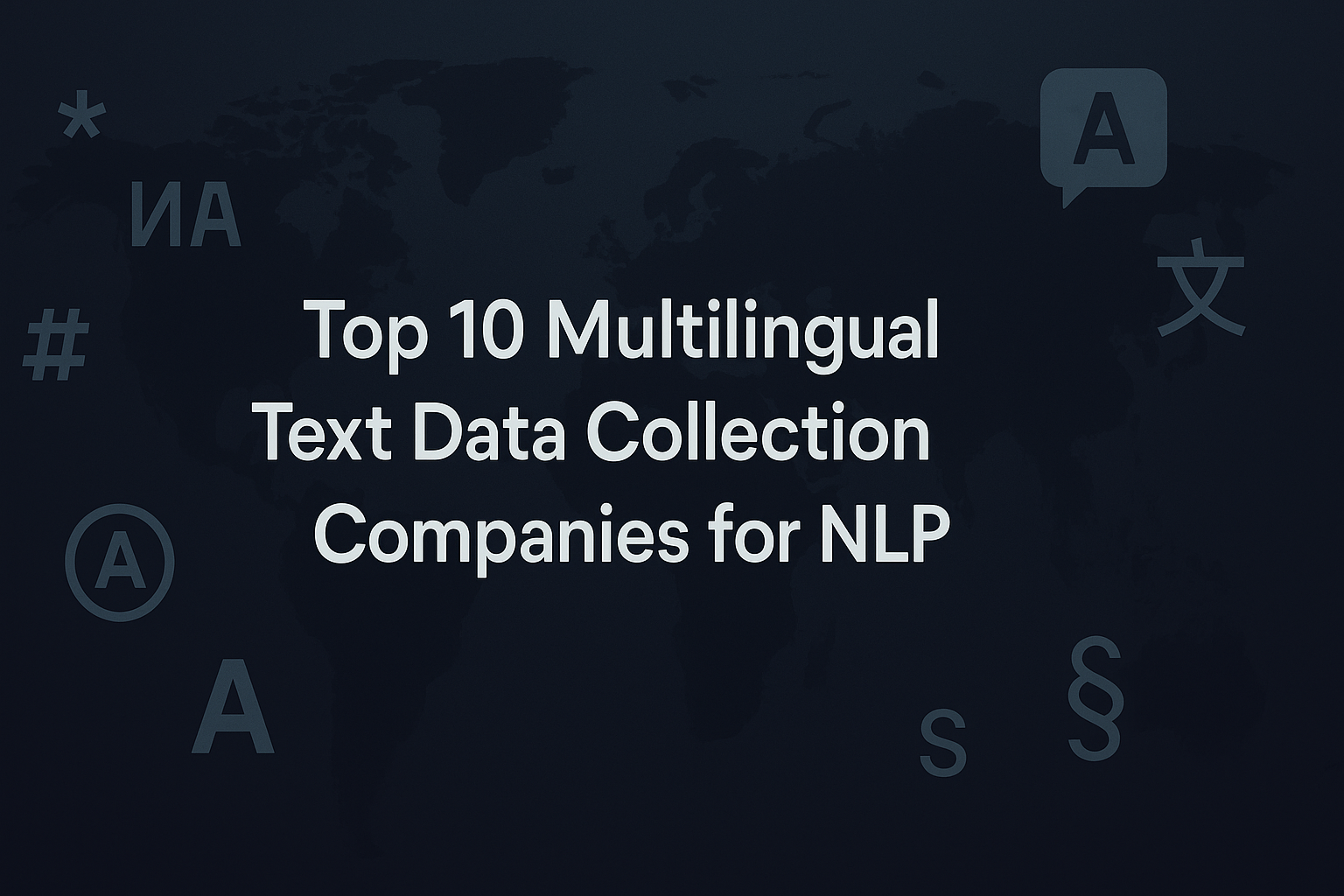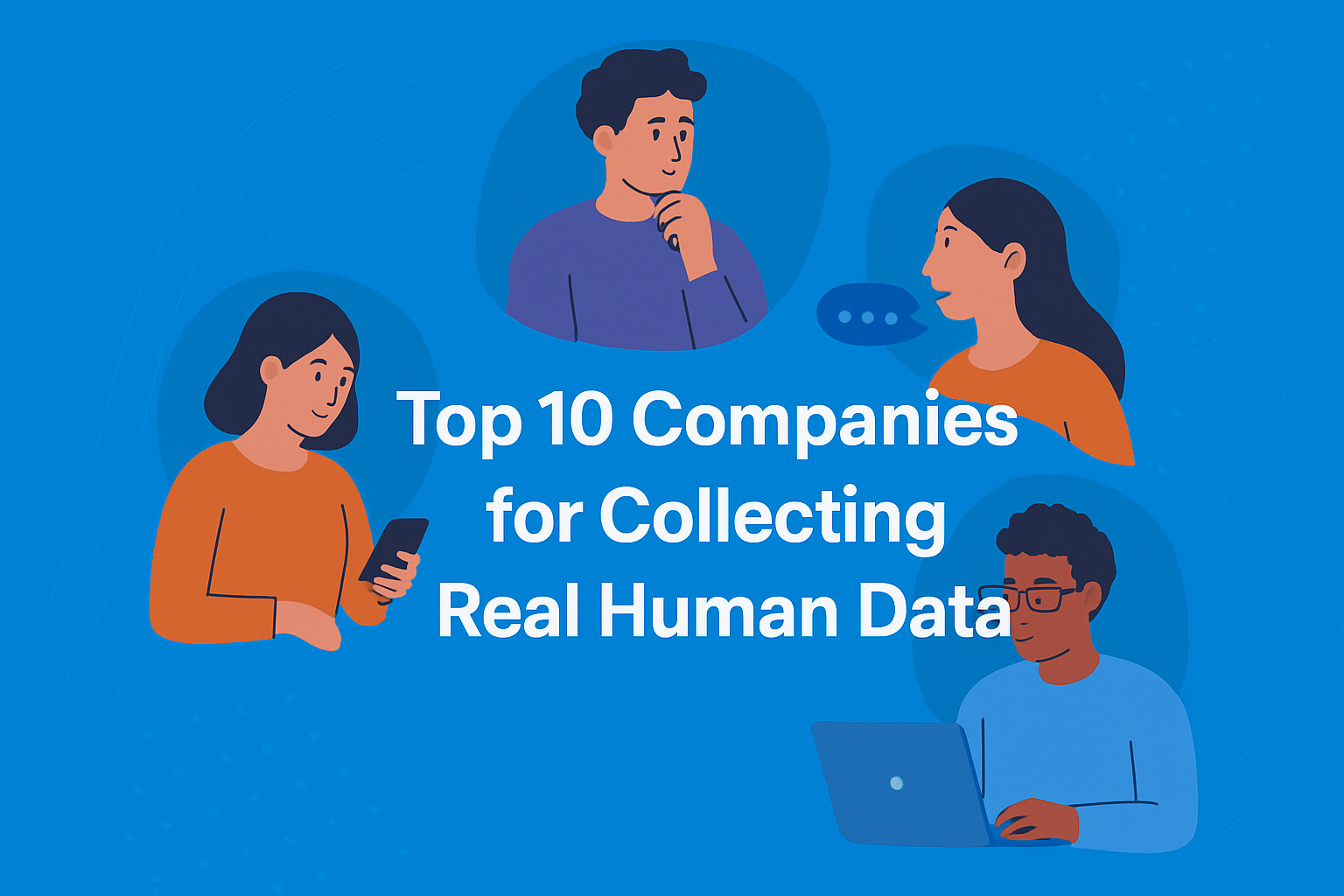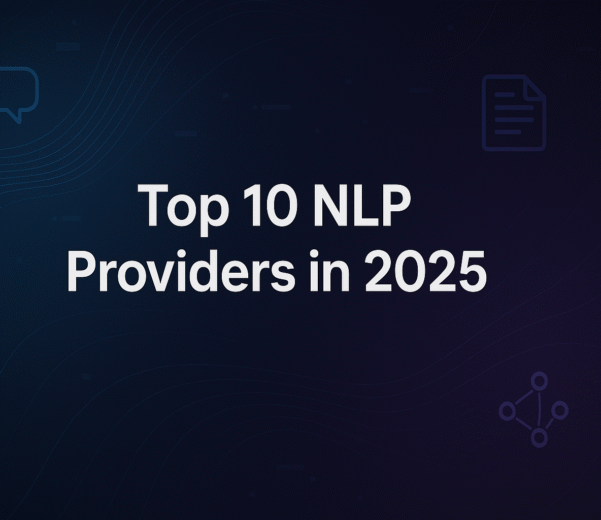Introduction
Artificial Intelligence (AI) has evolved significantly in recent years, shifting from reactive, pre-programmed systems to increasingly autonomous and goal-driven models. One of the most intriguing advancements in AI is the concept of “Agentic AI”—AI systems that exhibit agency, meaning they can independently reason, plan, and act to achieve specific objectives. But how does Agentic AI work? What enables it to function with autonomy, and where is it heading?
In this extensive exploration, we will break down the mechanisms behind Agentic AI, its core components, real-world applications, challenges, and the ethical considerations shaping its development.
Understanding Agentic AI
What Is Agentic AI?
Agentic AI refers to artificial intelligence systems that operate with a sense of agency. These systems are capable of perceiving their environment, making decisions, and executing actions without human intervention. Unlike traditional AI models that rely on predefined scripts or supervised learning, Agentic AI possesses:
- Autonomy: The ability to function independently.
- Goal-Oriented Behavior: The capability to set, pursue, and adapt goals dynamically.
- Contextual Awareness: Understanding and interpreting external data and environmental changes.
- Decision-Making and Planning: Using logic, heuristics, or reinforcement learning to determine the best course of action.
- Memory and Learning: Storing past experiences and adjusting behavior accordingly.
The Evolution from Traditional AI to Agentic AI
Traditional AI models, including rule-based systems and supervised learning algorithms, primarily follow pre-established instructions. Agentic AI, however, is built upon more advancedparadigms such as:
- Reinforcement Learning (RL): Training AI through rewards and penalties to optimize its decision-making.
- Neuro-symbolic AI: Combining neural networks with symbolic reasoning to enhance understanding and planning.
- Multi-Agent Systems: A network of AI agents collaborating and competing in complex environments.
- Autonomous Planning and Reasoning: Leveraging large language models (LLMs) and transformer-based architectures to simulate human-like reasoning.

Core Mechanisms of Agentic AI
1. Perception and Environmental Awareness
For AI to exhibit agency, it must first perceive and understand its surroundings. This involves:
- Computer Vision:Using cameras and sensors to interpret visual information.
- Natural Language Processing (NLP):Understanding and generating human-like text and speech.
- Sensor Integration:Collecting real-time data from IoT devices, GPS, and other sources to construct an informed decision-making process.
2. Decision-Making and Planning
Agentic AI uses a variety of techniques to analyze situations and determine optimal courses of action:
- Search Algorithms:Graph search methods like A* and Dijkstra’s algorithm help AI agents navigate environments.
- Markov Decision Processes (MDP):A probabilistic framework used to model decision-making in uncertain conditions.
- Reinforcement Learning (RL):AI learns from experience by taking actions in an environment and receiving feedback.
- Monte Carlo Tree Search (MCTS):A planning algorithm used in game AI and robotics to explore possible future states efficiently.
3. Memory and Learning
An agentic system must retain and apply knowledge over time. Memory is handled in two primary ways:
- Episodic Memory:Storing past experiences for reference.
- Semantic Memory:Understanding general facts and principles.
- Vector Databases & Embeddings:Using mathematical representations to store and retrieve relevant information quickly.
4. Autonomous Execution
Once decisions are made, AI agents must take action. This is achieved through:
- Robotic Control:In physical environments, robotics execute tasks using actuators and motion planning algorithms.
- Software Automation:AI-driven software tools interact with digital environments, APIs, and databases to perform tasks.
- Multi-Agent Collaboration:AI systems working together to achieve complex objectives.
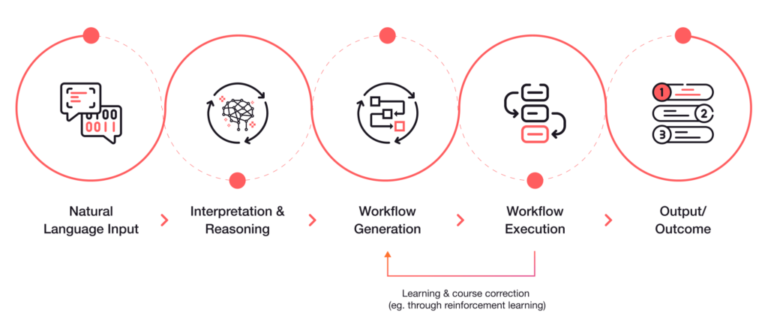
Real-World Applications of Agentic AI
1. Autonomous Vehicles
Agentic AI powers self-driving cars, enabling them to:
- Detect obstacles and pedestrians.
- Navigate complex road networks.
- Adapt to unpredictable traffic conditions.
2. AI-Powered Personal Assistants
Advanced digital assistants like ChatGPT, Auto-GPT, and AI-driven customer service bots leverage Agentic AI to:
- Conduct research autonomously.
- Schedule and manage tasks.
- Interact naturally with users.
3. Robotics and Automation
Industries are employing Agentic AI in robotics to automate tasks such as:
- Warehouse and inventory management.
- Precision manufacturing.
- Medical diagnostics and robotic surgery.
4. Financial Trading Systems
AI agents in the finance sector make real-time decisions based on market trends, executing trades with minimal human intervention.
5. Scientific Research and Discovery
Agentic AI assists researchers in fields like biology, physics, and materials science by:
- Conducting simulations.
- Generating hypotheses.
- Analyzing vast datasets.
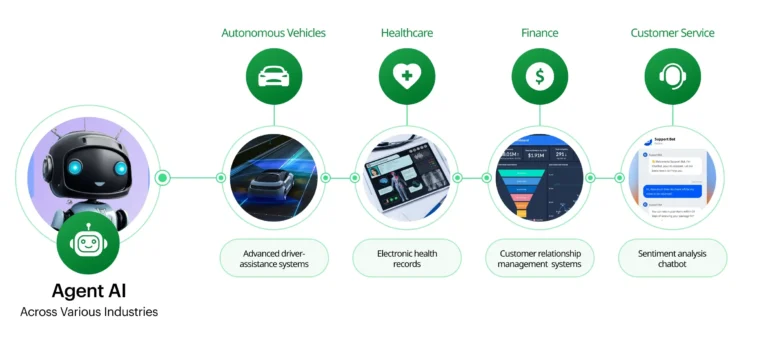
Advanced API Use Cases
Real-Time Collaboration
Enable multiple annotators to work simultaneously:
Use WebSocket APIs for live updates.
Example: Notifying users about changes in shared projects.
Quality Control Automation
Integrate validation scripts to ensure annotation accuracy:
Fetch annotations via API.
Run validation checks.
Update status based on results.
Complex Workflows with Orchestration Tools
Use tools like Apache Airflow to manage API calls for sequential tasks.
Example: Automating dataset creation → annotation → validation → export.
Best Practices for API Integration
Security Measures
Use secure authentication methods (OAuth2, API keys).
Encrypt sensitive data during API communication.
Error Handling
Implement retry logic for transient errors.
Log errors for debugging and future reference.
Performance Optimization
Use batch operations to minimize API calls.
Cache frequently accessed data.
Version Control
Real-World Applications
Autonomous Driving
APIs Used: Sensor data ingestion, annotation tools for object detection.
Pipeline: Data collection → Annotation → Model training → Real-time feedback.
Medical Imaging
APIs Used: DICOM data handling, annotation tool integration.
Pipeline: Import scans → Annotate lesions → Validate → Export for training.
Retail Analytics
APIs Used: Product image annotation, sales data integration.
Pipeline: Annotate products → Train models for recommendation → Deploy.
Conclusion
APIs are indispensable for integrating annotation tools into ML pipelines, offering flexibility, scalability, and efficiency. By understanding and leveraging these powerful interfaces, developers can streamline workflows, enhance model performance, and unlock new possibilities in machine learning projects.
Embrace the power of APIs to elevate your annotation workflows and ML pipelines!



